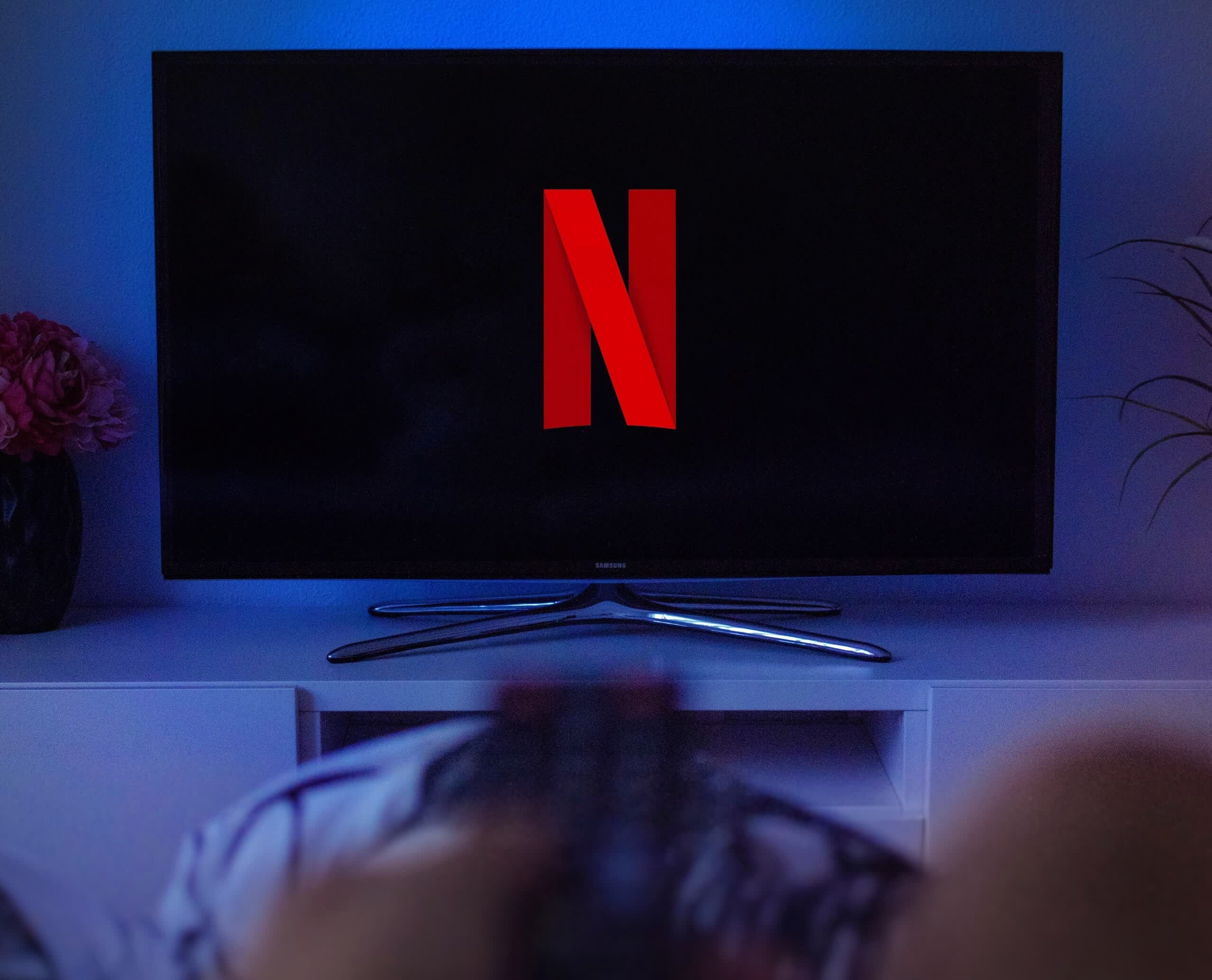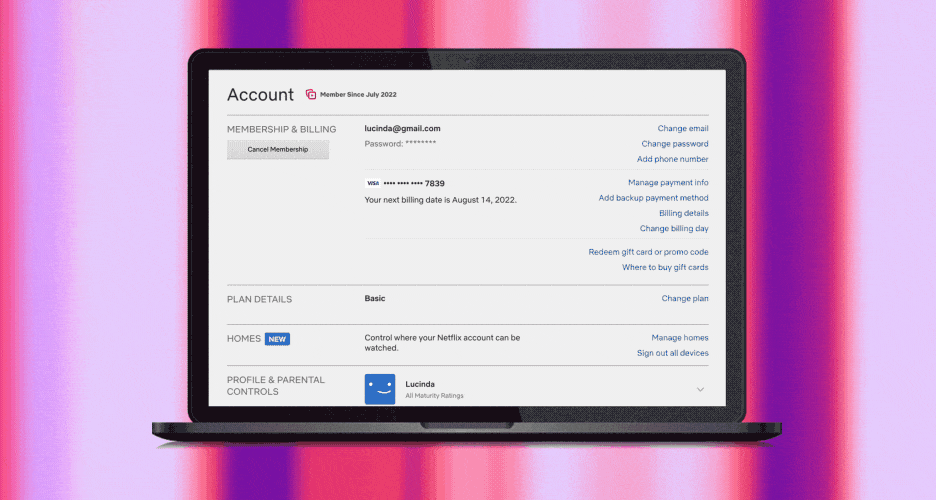In context: Netflix disclosed in its latest earnings report that it lost subscribers for the second straight quarter after more than a decade of sustained growth. Still, the video streaming giant is optimistic as the losses could have cut much deeper.
When Netflix reported Q1 results back in April, the company said it expected to lose as many as two million additional subscribers in the second quarter. In actuality, Netflix shed just half that at 970,000 subscribers during the three-month period ending June 30.
The second quarter was headlined by season four of Stranger Things. The highly anticipated original hit generated 1.3 billion hours viewed in its first four weeks to become Netflix's biggest English TV season yet. It also renewed interest in past seasons, with Netflix observing a greater than five-fold increase in views after season four dropped.

It's been a rough year for Netflix as the company's stock has lost more than 65 percent of its value since early January. Momentum has started to swing back in its favor as of late with shares currently trading at $204.55 but there is a lot of ground to make up to get back near that $600 per share valuation.
Looking ahead to the third quarter, Netflix expects to add around a million subscribers. That's nowhere near the 4.4 million additions in the same quarter of the previous year, but any growth is better than further losses.
In related news, Netflix said its ad-supported tier will launch sometime in early 2023 as a lower-cost alternative to existing ad-free plans.

As announced before, Netflix is partnering with Microsoft to power the ad experience. It'll likely launch in a handful of markets initially in order to allow Netflix to iterate quickly as the offering expands.
Netflix also provided an update on the password sharing front, noting that it is in the early stages of monetizing the 100 million+ households that enjoy the service without directly paying for it. Testing of two different approaches is now underway in Latin America to help identify an easy-to-use paid sharing solution that can be rolled out in 2023.
